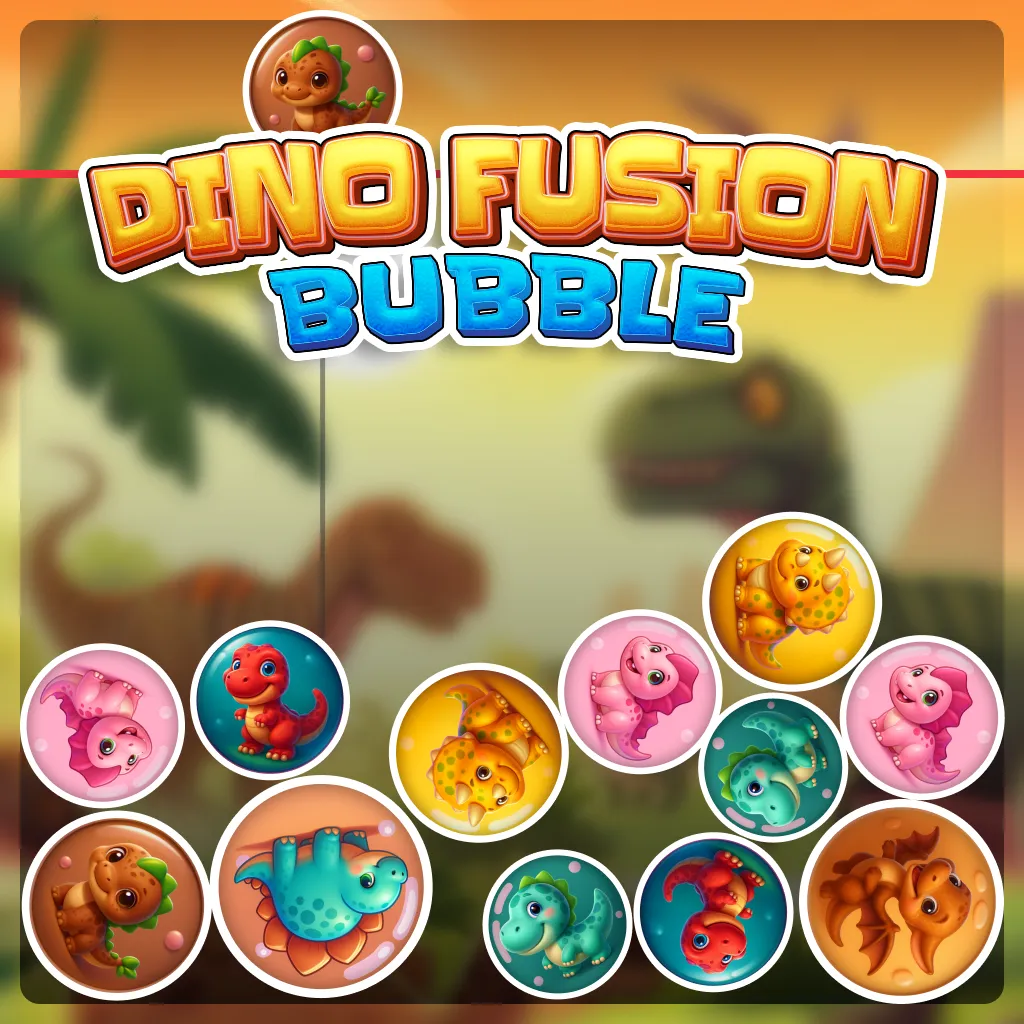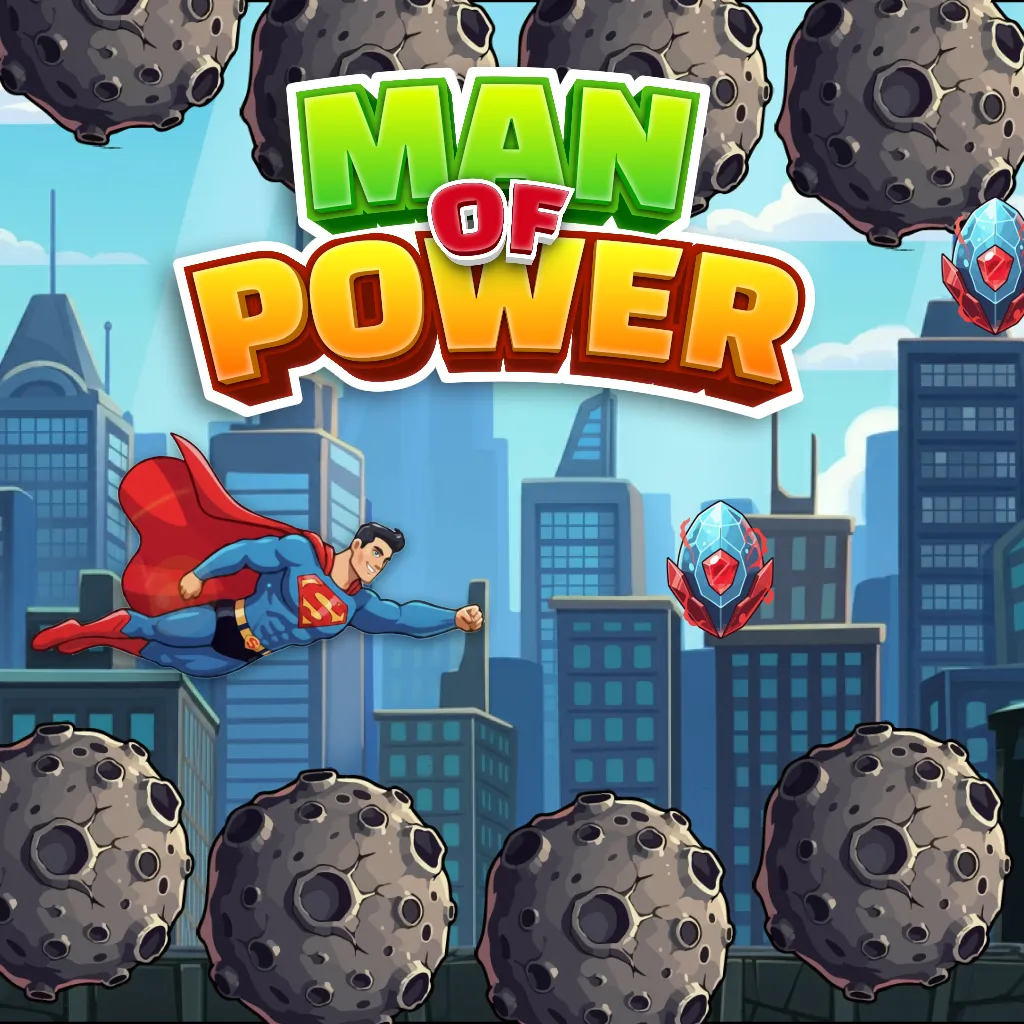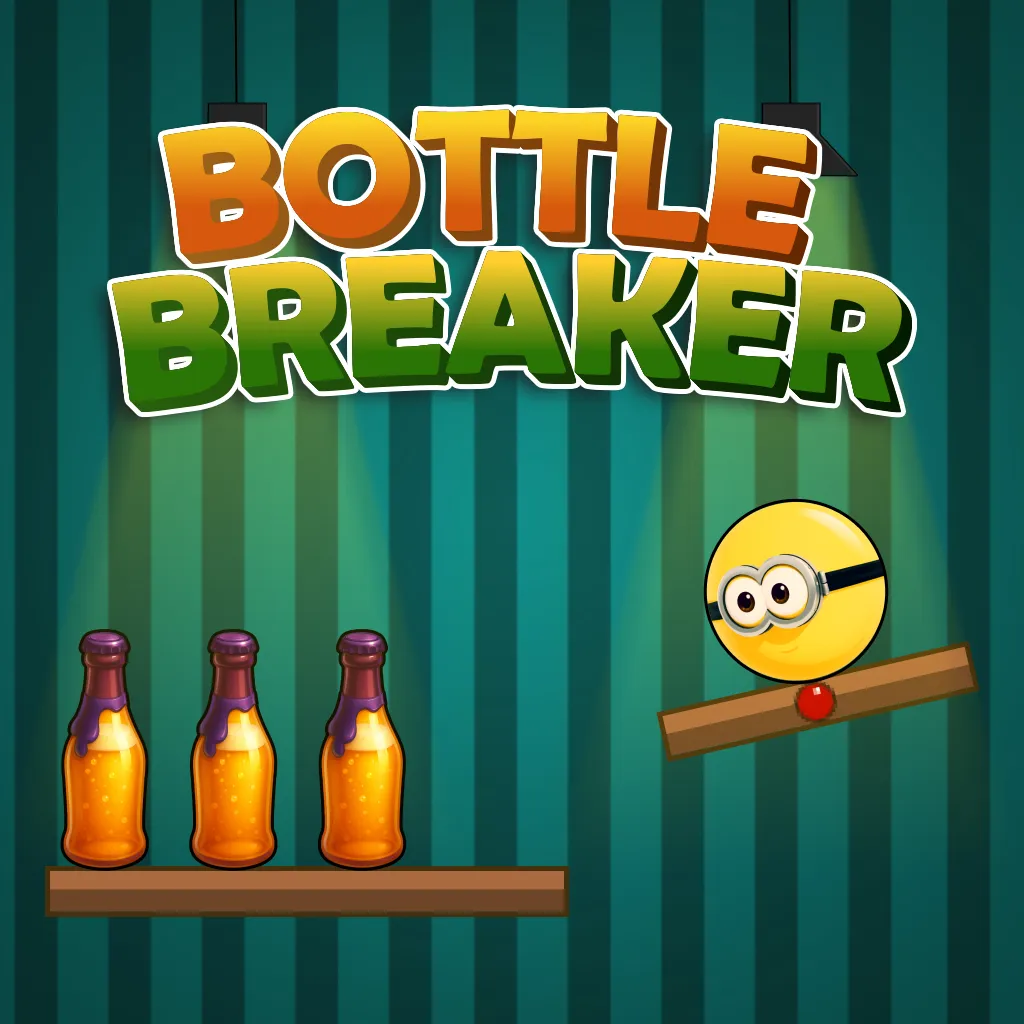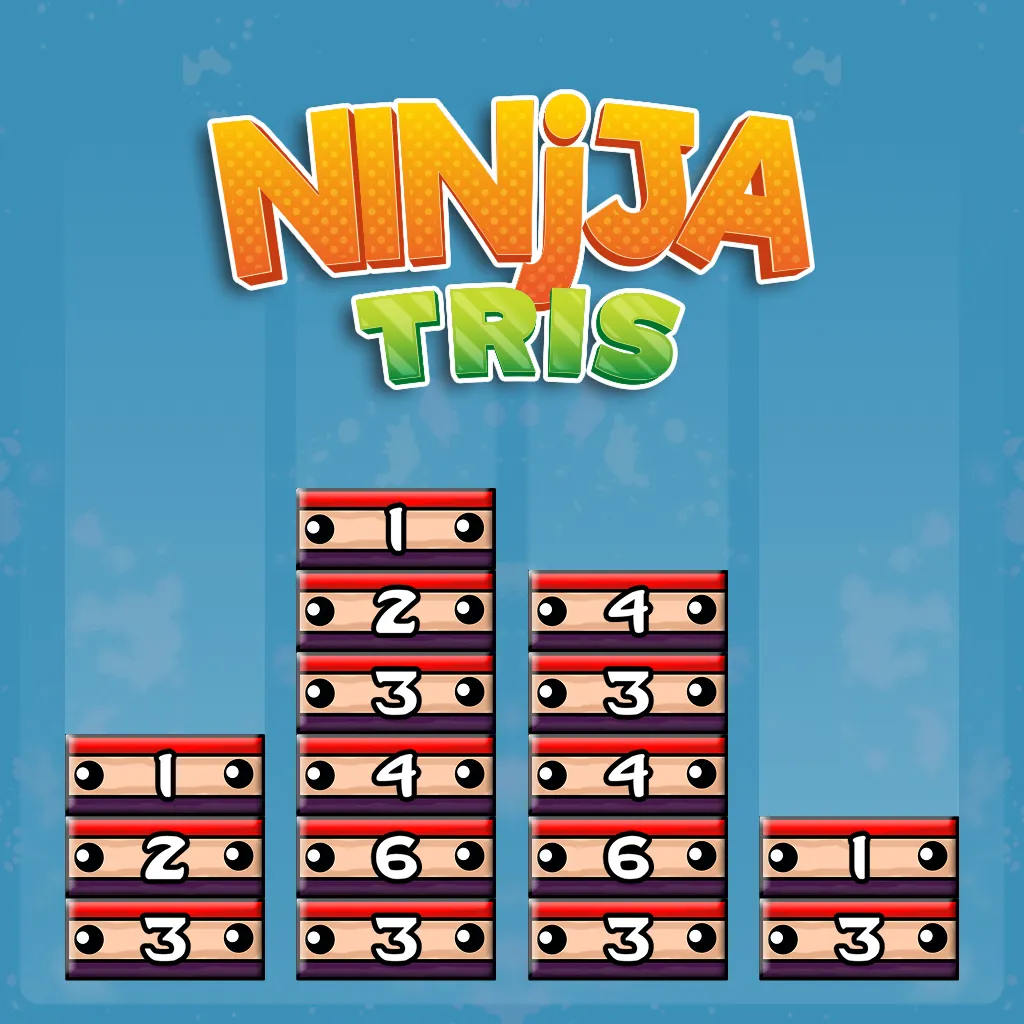Gamification in Loyalty Programs is the application of game-design elements and principles in non-game contexts to engage and motivate people to achieve their goals. In loyalty programs, gamification turns routine transactions into engaging and rewarding experiences, driving customer retention and loyalty.
Current Trends in Gamification
The global gamification market is projected to grow from USD 9.1 billion in 2020 to USD 30.7 billion by 2025, at a CAGR of 27.4%. This growth highlights the increasing adoption of gamification across various industries, including retail and hospitality, to enhance customer engagement.
Successful examples include Starbucks’ Rewards program and Nike’s Run Club, which utilize gamified elements to keep customers engaged and returning.
Top 12 Loyalty Program Gamification Strategies
1. Point-Based Systems

Point-based systems are one of the most common Gamification in Loyalty program strategies. Customers earn points for purchases, social sharing, or other interactions. These points can be redeemed for rewards like discounts, free products, or exclusive experiences.
For instance, Starbucks Rewards allows customers to earn stars for every purchase, which can be redeemed for free drinks, food items, or merchandise. This straightforward approach not only incentivizes repeat purchases but also enhances customer satisfaction.
According to a Bond Loyalty report, 79% of consumers say loyalty programs make them more likely to continue doing business with brands.
2. Tiered Loyalty Programs

Tiered loyalty programs offer different rewards based on customer spending or engagement. Higher tiers provide more valuable rewards, motivating customers to spend more to achieve higher status.
Sephora’s Beauty Insider program, for example, has three tiers: Insider, VIB, and Rouge. Each tier offers increasing benefits such as exclusive discounts, free shipping, and early access to products. This structure creates a sense of progression and exclusivity.
A study by Accenture found that 57% of consumers spend more on brands to which they are loyal.
3. Badges and Achievements

Badges and achievements recognize customers for specific actions or milestones, creating a sense of accomplishment. This method encourages continued engagement by rewarding behaviors such as frequent purchases, reviews, or social media interactions.
Foursquare, for instance, awards badges for checking into different locations and fostering a competitive and engaging environment.
Gamified systems can lead to a 100-150% increase in engagement metrics.
4. Challenges and Contests

Challenges and contests introduce competition and excitement into loyalty programs. Customers can earn points, badges, or special prizes by participating in various challenges.
Nike’s Run Club app frequently holds challenges that encourage users to run certain distances, rewarding them with badges and recognition. These activities not only engage customers but also build a sense of community and achievement.
According to a study by Harvard Business Review, Gamification in Loyalty Programs can increase employee engagement by 48% and reduce turnover by 36%.
5. Social Sharing and Community Building

Social sharing encourages customers to share their progress and achievements on social media, enhancing visibility and fostering community.
Fitbit’s community feature allows users to share their fitness achievements, creating a supportive and competitive environment. This strategy not only promotes the loyalty program but also strengthens customer relationships through social interaction.
Nielsen reports that 92% of consumers trust recommendations from friends and family over other forms of advertising.
6. Personalized Rewards and Experiences
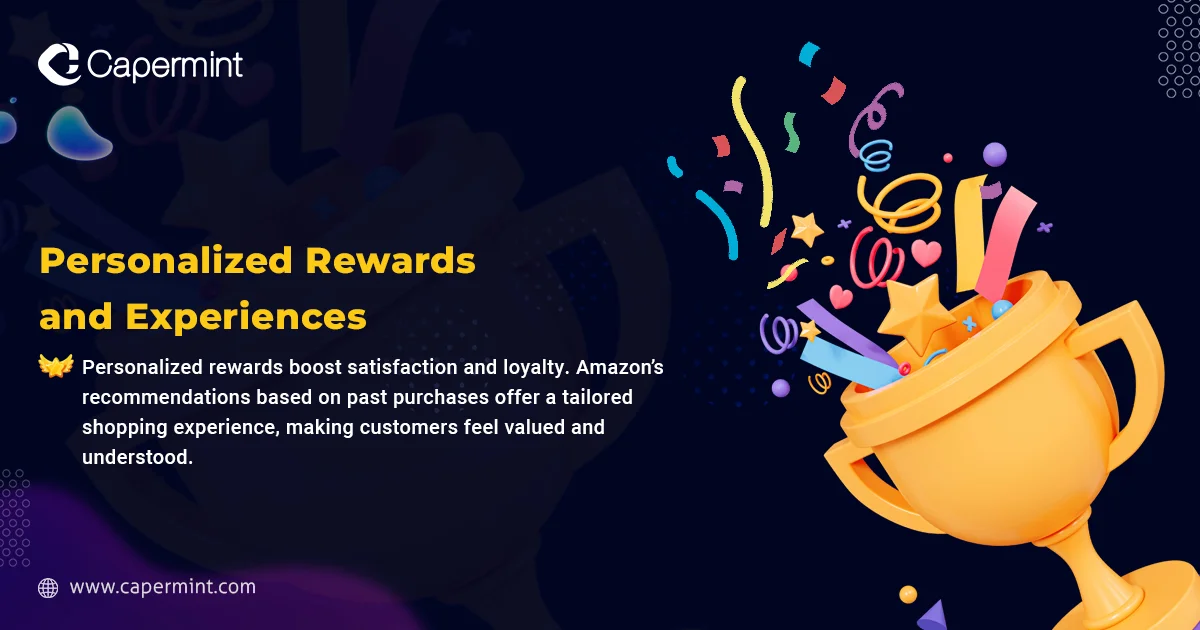
Personalized rewards cater to individual customer preferences, enhancing satisfaction and loyalty. Amazon’s recommendation system suggests products based on past purchases, offering a personalized shopping experience.
Tailoring rewards and experiences to individual behaviors and preferences makes customers feel valued and understood, fostering deeper loyalty.
Epsilon found that 80% of consumers are more likely to make a purchase when brands offer personalized experiences.
7. Progress Bars and Milestones

Visual progress indicators like progress bars show customers how close they are to their next reward. This motivates them to keep engaging with the program.
Dropbox uses progress bars to show how close users are to earning more storage space, encouraging them to complete specific actions. Visual cues effectively drive customer motivation and sustained engagement.
A study by the University of Chicago found that progress bars can increase user engagement by up to 60%.
8. Quests and Missions

Quests and missions structure loyalty programs as interactive tasks, making the experience more engaging. Customers complete various tasks to earn rewards, similar to completing levels in a game.
Duolingo uses this approach by setting language learning goals and rewarding users for achieving them. This method keeps customers engaged and motivated to complete the program.
Game-like elements can improve user experience and retention by 23%.
9. Referral Programs

Gamified referral programs incentivize customers to bring in new clients. Rewards can be given for each successful referral, making it beneficial for both the referrer and the referred.
Dropbox’s referral program offers additional storage space to both parties, making it highly effective. Referral programs leverage word-of-mouth marketing to expand the customer base.
Referred customers have a 37% higher retention rate compared to non-referred customers.
10. Interactive Gamification Techniques
>> Spin Wheel

Spin wheels offer a fun way to win prizes. Customers spin a digital wheel to win discounts, points, or other rewards. This element of chance adds excitement and keeps customers coming back. Shopify uses spin wheels in its loyalty programs to increase engagement and drive sales.
>> Scratch to Win
Scratch cards provide instant gratification by allowing customers to win rewards immediately. This technique can be used both online and offline. Mobile apps often use digital scratch cards to surprise users with discounts or bonus points, enhancing customer experience.
>> Play to Win

Mini-games integrated into loyalty programs make earning rewards fun. Customers play games to earn points or prizes, increasing their engagement.
McDonald’s Monopoly game is a classic example, where customers collect game pieces to win prizes, driving repeat purchases.
Instant gratification rewards like spin wheels and scratch cards can boost engagement by 38%.
11. Exclusive Access and VIP Perks

Offering exclusive content, products, or experiences to loyal customers makes them feel special and appreciated. VIP perks can include early access to new products, special discounts, or invitations to exclusive events.
Amazon Prime’s early access to deals and special discounts is a perfect example of VIP perks that enhance customer loyalty.
According to a study by American Express, 70% of consumers say they would spend more money with a brand that offers superior customer service.
12. Gamified Feedback and Reviews
Encouraging customers to leave feedback and reviews through gamification provides valuable insights and improves customer satisfaction. Offering points or rewards for reviews motivates customers to share their opinions.
TripAdvisor, for instance, rewards users with badges for their reviews, encouraging more contributions and providing valuable feedback.
BrightLocal found that 91% of consumers read online reviews, and 84% trust them as much as personal recommendations.
Measuring the Success of Gamified Loyalty Programs
1. Key Metrics and KPIs
To evaluate the success of Gamification in Loyalty Programs, track metrics like engagement rates, customer retention, the number of active users, and the redemption rate of rewards. These KPIs help determine the effectiveness of the loyalty program and guide future improvements.
According to Forrester, properly implemented loyalty programs can increase customer retention rates by 5%, boosting profits by 25% to 95%.
2. Tools and Platforms
Various tools and platforms can help implement and track gamified loyalty programs. Choose solutions that fit your business size and needs. Platforms like Bunchball, Badgeville, and LoyaltyLion offer comprehensive gamification solutions that cater to different business requirements.
The use of advanced tools and platforms can streamline the implementation of gamified loyalty programs and enhance their effectiveness by up to 50%.
Challenges and Considerations
Potential Pitfalls
While gamification can be effective, it also comes with challenges. Avoid making the program too complicated or rewarding actions that do not align with business goals. Learning from unsuccessful implementations can help refine your strategy. Ensuring simplicity and relevance in the gamified elements is crucial for success.
A study by Gartner found that 80% of gamified applications fail due to poor design.
Ethical Considerations
Ensure that your gamification strategies are fair and ethical. Avoid manipulative tactics and prioritize genuine customer engagement. Transparency and honesty build trust and long-term loyalty. Ethical considerations are vital in maintaining a positive brand image and fostering customer trust.
According to Edelman’s Trust Barometer, 81% of consumers say trust is a deal-breaker or deciding factor in their buying decisions.
Future of Loyalty Program Gamification
Emerging Technologies
New technologies like AI, AR/VR, and blockchain are transforming Gamification in Loyalty Programs. These innovations offer new ways to engage customers and enhance loyalty programs. For example, AR can create immersive experiences that make loyalty programs more exciting. Blockchain can add transparency and security to reward systems.
The global AR market is expected to grow from USD 15.3 billion in 2020 to USD 77 billion by 2025.
Innovative Case Studies
Look at examples of cutting-edge gamified loyalty programs to understand future trends. Brands like Nike and Starbucks continue to innovate and set new standards for loyalty programs. These examples provide valuable insights into how gamification can evolve and adapt to changing customer preferences.
Continuous innovation in loyalty programs can increase customer lifetime value by up to 30%.
Read More:- Why You Should Gamify Your App in 2024?
Want to do Gamification for your app? Capermint Technologies can help you
Capermint Technologies specializes in gamification and loyalty program services. With years of experience, we help businesses create engaging and effective loyalty programs that drive customer retention and satisfaction.
Why Choose Capermint Technologies?
Our unique approach and competitive advantages set us apart. We provide tailored solutions that meet your specific business needs. Our satisfied clients and successful case studies speak for themselves, showcasing our expertise and commitment to excellence.
Services Offered
Capermint offers a range of different services, including Gamification in Loyalty program strategy development, loyalty program design, and implementation. Whether you need a simple points system or a complex tiered program, we have the expertise to help. Our team works closely with you to understand your business goals and create a loyalty program that delivers results.
Reach out to Capermint Technologies for a consultation. Our team is ready to help you create a loyalty program that keeps your customers engaged and coming back. Contact us today to learn more about our personalized solutions and take your customer engagement to the next level.

